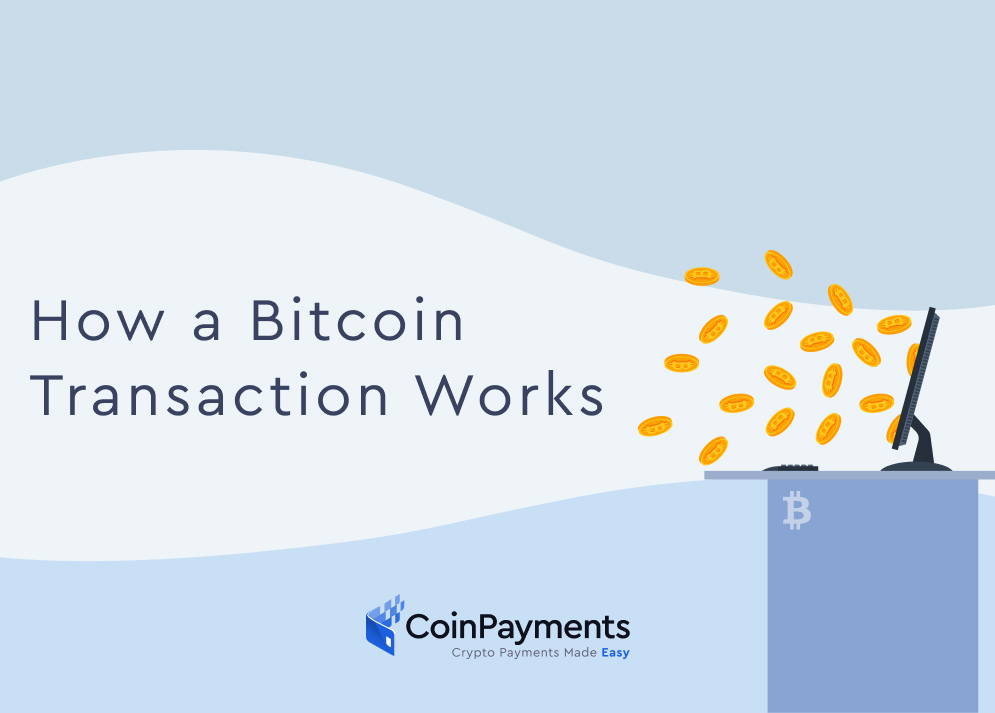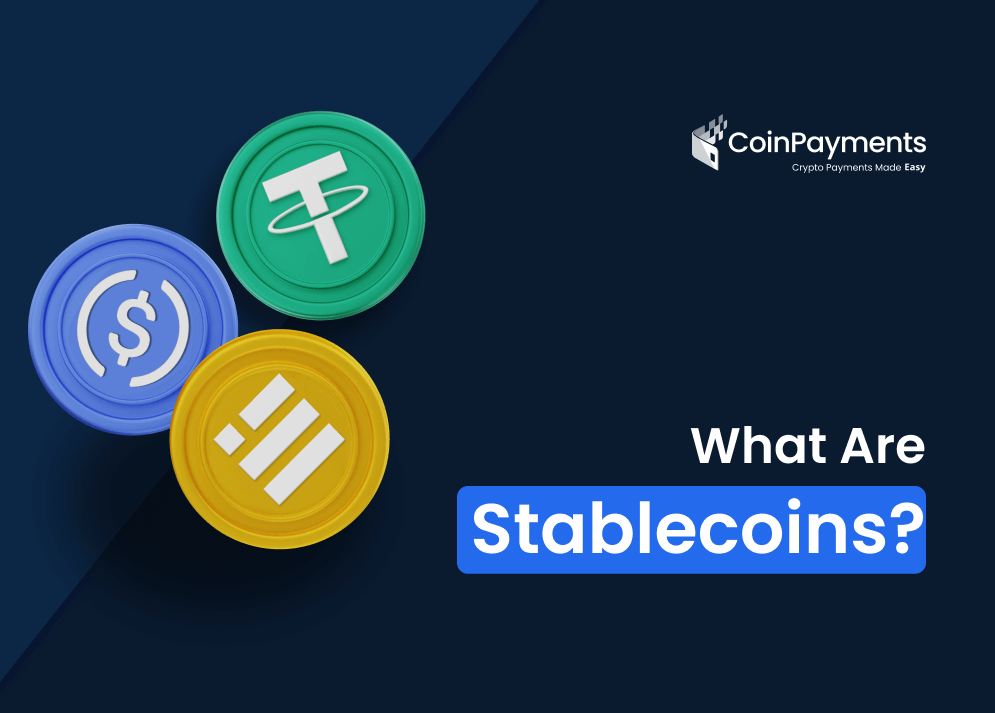
Within the last few years, Bitcoin (BTC) has become an incredibly popular currency, and not a day goes by without making headlines. More and more people learn about Bitcoin and its many benefits for consumers, merchants, and national economies every day. But despite its seeming ubiquity, not everyone is familiar with Bitcoin’s algorithm or how a Bitcoin transaction works.
CoinPayments explains the inner workings of a simple Bitcoin transaction below and provides a foundational vocabulary for understanding the crypto market and Bitcoin network.
Important Definitions For Understanding a Bitcoin Transaction
Bitcoin: A Definition
First, it is important to understand the purpose of Bitcoin and why it exists. Fundamentally, Bitcoin is a virtual currency that removes the need for any intermediary between the individual executors of the transaction. Unlike credit or debit cards, Bitcoin provides a currency absent any third-party interfering. It is completely and utterly peer-to-peer.
There are multiple benefits of crypto technology that people can take advantage of. With revaluations and the adoption happening, crypto is making the exchange of value more efficient and reliable. The transactions are safer and more transparent as the payment goes directly from one account to another. The onset adoption of Stablecoins and CBDCs along with major commerce groups demonstrates a demand for these efficiencies.
Blockchain: A Definition
For a more detailed look at the technology of Blockchain, take a look at the CoinPayments Off The Ledger and Resources sections, but here we can provide a basic foundational understanding of blockchain technology.
Blockchain technology is a data storage collection and public ledger that keeps track of every transaction made. Bitcoin is a currency that functions off Blockchain technology, using it as a ledger that records every transaction detail. All of the data saved is preserved in a ledger (the blockchain), which many participants in the network store, making it safer than storing it all in one location.
So how does a Bitcoin transaction actually work? Given that it is a decentralized, anonymous, totally virtual currency stored in data blocks, how does one navigate a Bitcoin transaction?
The 3 Parts of a Bitcoin Transaction
Bitcoin is a chain of “digital signatures,” in the words of its creator. When one owner transfers Bitcoin to the next owner, the former concretizes a portion of the digital transactions carried out previously and adds the public key of the next owner to the end of this. Since this is public (though completely anonymous), the signatures can be verified to authenticate the former record of owners. However, it can be broken down in simpler terms than these.
A Bitcoin transaction is composed of three principal parts:
Input
The first primary part of a Bitcoin transaction is the input. Basically, an input is the block or record of Bitcoin exchanges that are prior to the current owner, given to them when they acquired the Bitcoin in the first place.
Amount
The second main part of a Bitcoin transaction is the specific amount of Bitcoin an individual wants to transfer to the next individual. There is nothing complicated or arduous about this part.
Output
Third – and equally important – the output of the Bitcoin transaction. The output is the recipient’s public key, which reveals no personal information, but is a unique identifier for the user’s Bitcoin.
But what does it mean to actually have Bitcoin? How does the data of previous signatures become a monetary value system?
The Process Behind a Bitcoin Transaction
It may seem complicated at first, but once one has a brief familiarity with the language of cryptocurrency, the fog begins to dissipate and reveal a very precise and clear mode of financial transactions. To formally complete a Bitcoin transaction, there needs to be a public key. A random sequence of numbers and letters comprises this public key, which acts like a username or email. In other words, it is an address. With this public key, a private key permits the Bitcoin sent to the current user to be passed along to the next user and their Bitcoin wallet. Private keys are necessary for obvious reasons, but they provide proof that the Bitcoin came from the genuine user and thus cannot be altered after the transaction is completed.
Additionally, each transaction is transmitted to the public network of Bitcoin signatures and completed through a series of hashes or complex algorithmic equations. Bitcoin mining then confirms these transactions. These confirmations are “recorded” in the block, which can be thought of as a “page” from a ledger book.
Mining formally confirms the contingent transaction by including them in the previously mentioned blockchain. Different computers must agree on the state of the new block that abides by an intensely rigorous cryptographic rubric that is verified by the entirety of the network. Specifically, this algorithm is known as the Elliptic Curve Digital Signature Algorithm (ECDSA).
The Advantage of CoinPayments
What CoinPayments offers is a global payment gateway for cryptocurrency transactions, including but not limited to Bitcoin. Bitcoin has already become a frequently used currency by many different businesses and merchants, and its consequence for individuals’ transactions with other individuals is continually becoming more evident and pronounced.
As the world becomes increasingly digitized, and universal international virtual currencies are gaining popularity, understanding and executing Bitcoin transactions is needed now more than ever.
CoinPayments provides an easy-to-use cryptocurrency payment gateway for merchants and digital wallet services for individual users. As a merchant, you can take advantage of our industry-low processing fees of 0.5%, and you also have access to over 120 cryptocurrencies that you can accept on your eCommerce website.
Another big advantage for merchants is the absence of chargebacks when they accept crypto payments. All transactions are instant and borderless, which allows merchants to expand their customer base all over the world.
As for our wallet users, CoinPayments provides everything that’s needed in one place, including
- Multi-coin functionality where over 2,200 coins can be organized in the same place
- Option to buy crypto with credit card
- Option to purchase gift cards
- Crypto conversion option
Understanding a Bitcoin Transaction In Brief
To quickly recapitulate the ground covered so far, remember that for every Bitcoin transaction, there is an:
- Input: The record of public keys before the current owner acquired their Bitcoin.
- Amount: The amount of Bitcoin the individual wants to transfer to the next owner.
- Output: The new owner’s public key (along with their unrevealed private key).
The paying individual transfers the desired number of signatures of the block to the recipient. Afterward, while the transaction is pending, the Bitcoin is mined and confirmed to be from the genuine paying individual to the genuine recipient. This usually takes anywhere from a few seconds to an hour. Commonly, it is on the shorter side. All in all, once the language is familiar, a Bitcoin transaction is relatively easy to understand.
Sources:
Bitcoin Price Predictions – Future Bitcoin Value 2022, 2030
40 Awesome Benefits Of Cryptocurrency | Advantages Of Cryptocurrency



